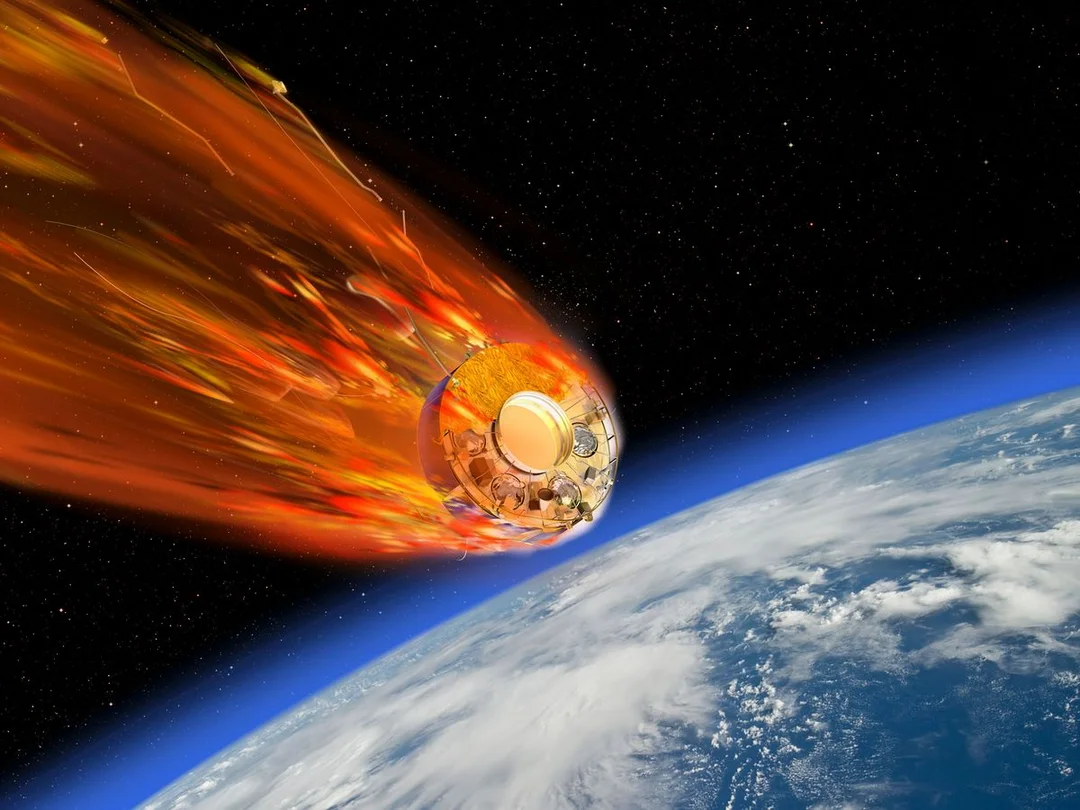
Soviet Space Relic Cosmos-482 Returns to Earth After 53 Years, Ending Decades-Long Orbit
After an incredible 53 years in orbit, the Soviet Cosmos-482 probe, a relic of the Space Race, has finally made its dramatic return to Earth. Originally intended for a Venus mission, a critical failure shortly after its 1972 launch left it stranded in Earth's orbit, transforming a short interplanetary mission into one of the longest-orbiting human-made objects.
On May 10, 2025, the journey ended approximately 560 kilometers west of Middle Andaman Island, with debris splashing harmlessly into the Indian Ocean west of Jakarta. Russia’s space agency, Roscosmos, confirmed the descent was monitored by their automated warning system.

Unlike most orbiting objects that disintegrate entirely upon reentry, Cosmos-482 presented unique challenges. Its specialized capsule, designed to withstand Venus’s hostile atmosphere, was unlikely to burn up completely in Earth’s atmosphere. This posed a potential danger if the spherical landing capsule, measuring about one meter in diameter and weighing 500 kilograms, had fallen in populated areas.
The German radar station, the Fraunhofer Institute for High Frequency Physics and Radar Techniques FHR, likely captured the last glimpse of the probe before it re-entered. The station combined its observations with an image of a similar capsule to show the spacecraft's orientation. Data helped the European Space Agency (ESA) track the probe in its final hours.

The Venera mission, launched from Kazakhstan, aimed to conduct scientific measurements on Venus. However, the failure of the upper stage prevented it from reaching its intended destination. Jonathan McDowell noted reports from Russia's space agency, Roscosmos, that re-entry was at 0624 UTC over the Indian Ocean.
The longevity of Cosmos-482 offers valuable insights into space debris behavior and orbital decay predictions. Space agencies use this information to refine models predicting when and where objects might reenter Earth’s atmosphere. This knowledge is vital as the orbital environment becomes increasingly crowded.

The return of Cosmos-482 underscores ongoing discussions about space sustainability and responsible mission planning. Modern space programs now incorporate end-of-life considerations to minimize orbital debris and reentry risks.
As humanity ventures further into space exploration, these historical missions serve as a reminder that our technological footprint often outlasts our original intentions. The scientific legacy of early space programs continues to influence contemporary mission designs, with each generation building upon the successes and failures of pioneering spacecraft.
What are your thoughts on the legacy of missions like Cosmos-482? Share your insights and opinions in the comments below.